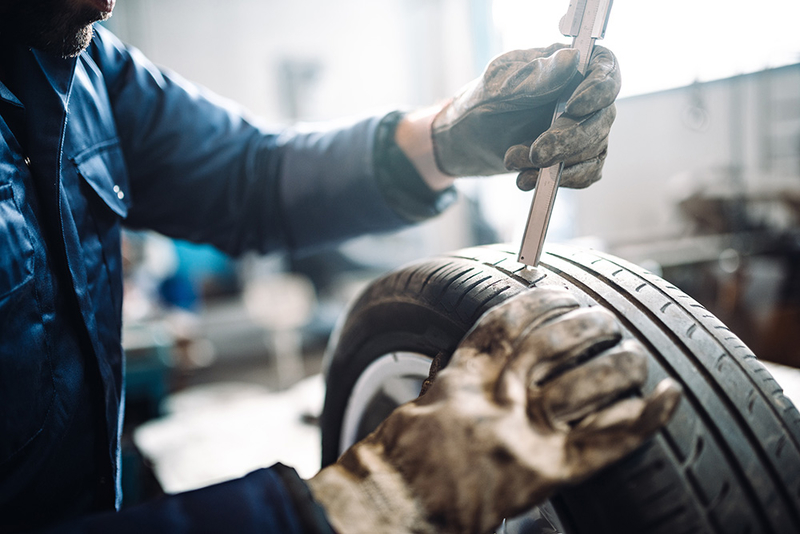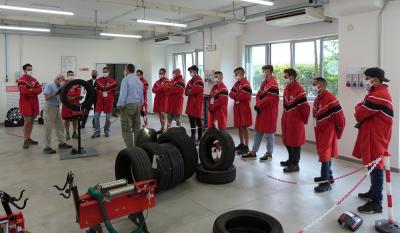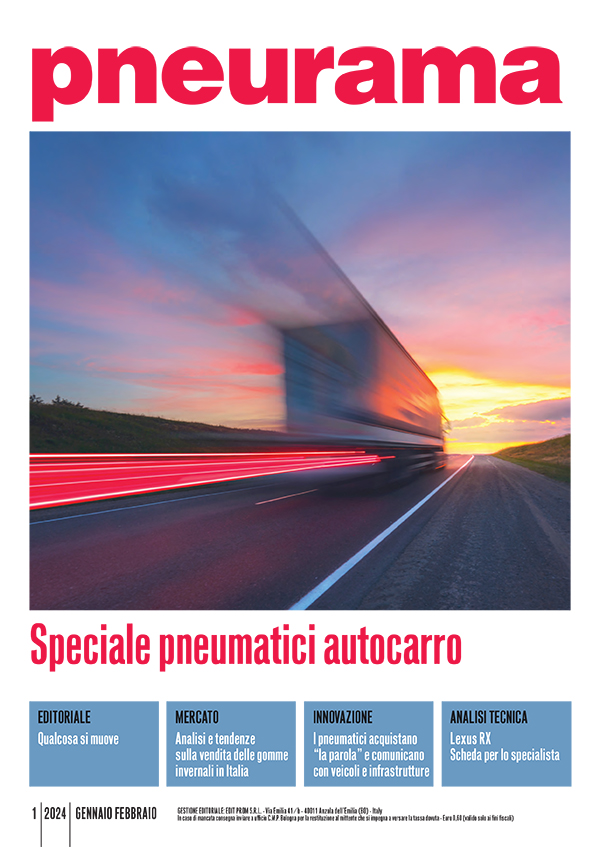Sometimes, serving the customer means being able to recognize and explain the reasons behind a damage, keeping in mind the difference between a repairable tire and an end-of-life tire. In collaboration with the Federpneus Technical Commission, we analyse and comment on new cases of damaged tires that customers have brought to the attention of their tire specialists.
Air infiltration from the bead
Air filtering in through the bead caused this strong swelling of the sidewall. In this case, the tire should be first deflated with the vehicle off the ground, then the wheel should be removed, and the tire replaced. It is important to avoid piercing the bulge as it could explode. The cause of this type of problem may be found in a damaged bead, which could occur during assembly.
Compound Hysteresis
Hysteresis and elasticity are the two vital characteristics of a tire compound: hysteresis is the ability of the rubber to deform into the road and provide greater traction; elasticity is the ability to return to its original shape. When the balance between these two characteristics leans toward hysteresis, and therefore toward greater compound stiffness, episodes of chunking can occur. This type of damage can be misleading, especially when used on gravel, and can easily be mistaken for chipping.
Impact damage
Two cases of damage due to an impact against a fixed obstacle not detected by the driver with a loaded vehicle. Both rims and tires go out of service.
Damage caused by tight steering under full load conditions
A type of damage that we have already seen in the last issue, caused by manoeuvres carried out under full load with a tight steering radius leading to tread separation. As can be seen in these other two cases, this type of damage can also occur with new tires, regardless of their state of wear.
Bead failure
In this case we see a failure of the bead, with a beginning of detachment from the sidewall of the tire. The damage may have been caused by overloading or inadequate pressures.
Incorrect repairs
These two car tires show incorrect repair procedures as these were performed outside the repair area (which is limited to the central part of the tread). In the second case the patch reaches all the way to the sidewall of the tire, even touching the bead.
Liner rupture
In this case, the tire travelled with insufficient pressure, and an impact with an object caused the liner to break. Not repairable, the tire should be scrapped.
Non-repairable puncture
A blunt metallic object pierced through the tread.
An inspection of the tire shows that this is a non-repairable damage because the swelling near the hole shows a structural damage to the belt pack: the tire should be scrapped.





